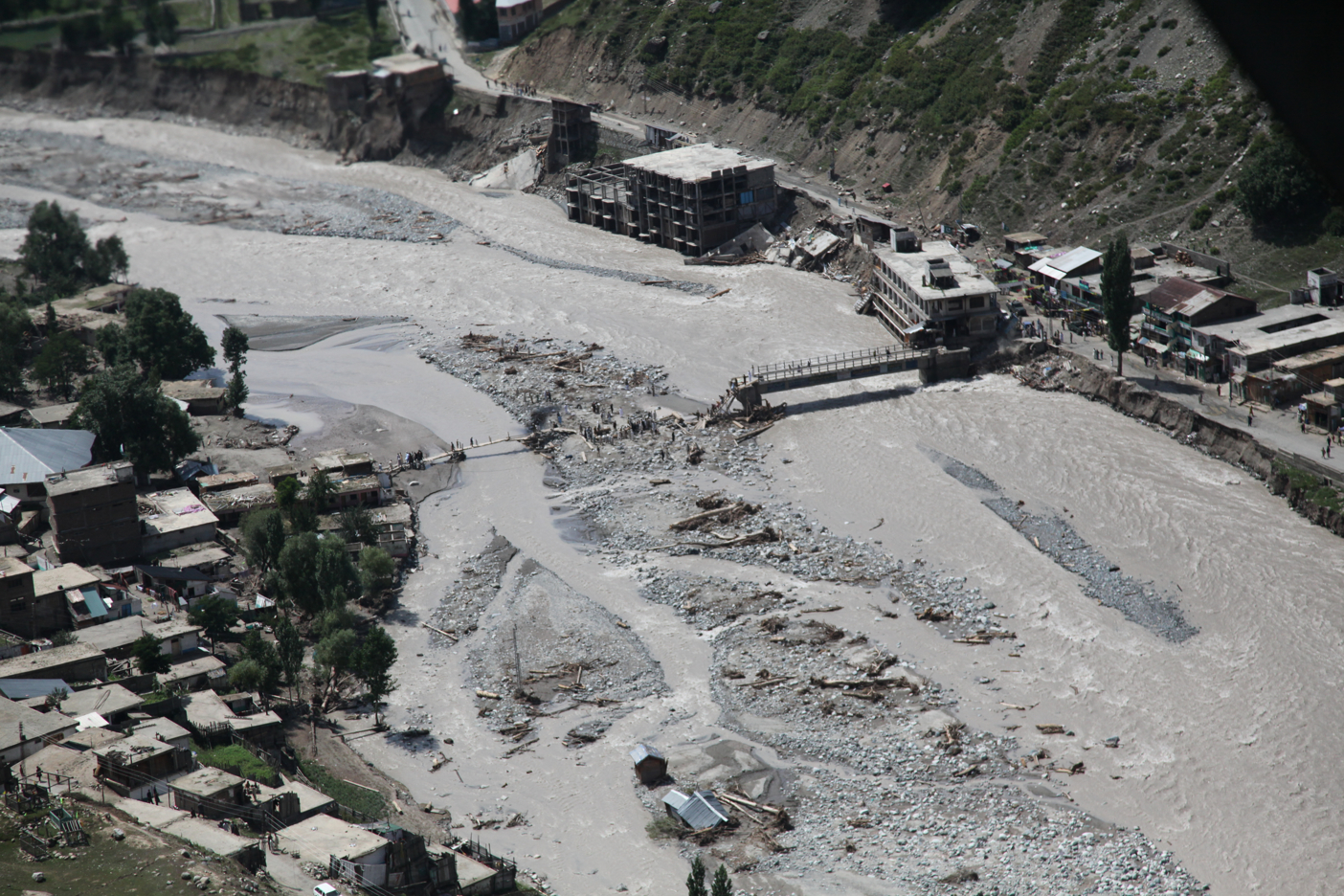
Photo Credit: Fabio Lanari/Wikimedia Commons
Sharing information and data have long been considered key to mitigating losses from natural disasters but e-governance has stepped up the pace of response and safety precautions to deal with calamities.
For instance, word can reach people easily through social media available on most digital devices. Technology also makes it easier to ascertain extent of damages and the scale of rescue and relief efforts required in the wake of disasters.
Recent years have seen a sudden uptick in the frequency of disasters like storms, floods, earthquakes and droughts – heightening the importance of e-governance to make societies resilient.
Some of these important dimensions are part of the recently released 2018 E-Government Survey.
The UN Economic and Social Commission for Asia and the Pacific (ESCAP) highlights that the use of information and communications technology during all phases of disaster risk management presents “substantial opportunities to reduce disaster risks.
E-governance also helps “enhance coping capabilities, and provide inclusive preparedness and response.”

A washed-out bridge, damaged from flooding, is shown in Pakistan Aug. 5, 2010, from a U.S. Army CH-47 Chinook helicopter en route to deliver humanitarian assistance supplies. Department of Defense personnel are in the area supporting humanitarian relief and evacuation missions as part of the disaster relief efforts to assist Pakistanis in flood-stricken regions of the nation. (DoD photo by Staff Sgt. Horace Murray, U.S. Army/Released)
The report emphasizes that i order to ensure undisrupted services and information to citizens before, during and after disasters, there is an urgency of “embracing e-resilience in e-government initiatives.”
The report comes against the backdrop of several recent disasters, such as landslides in Japan, an unpresented heatwave in Pakistan and monsoon flash floods in Bangladesh and India, all of which serve to remind us how disaster risk is outpacing disaster resilience in Asia-Pacific.
As the Asia-Pacific region is among the world’s most disaster-impacted, governments have stepped-up disaster risk reduction efforts through digital connectivity and innovations.
“Digitally-driven emerging frontier technologies, such as AI, are expected to offer unparalleled levels of data availability, insights and coping capabilities to support countries address this formidable challenge and advance the implementation of the Sustainable Development Goals (SDGs), said ESCAP.
The report concludes that broadband connectivity for all remains critical to the success of e-governance.


















